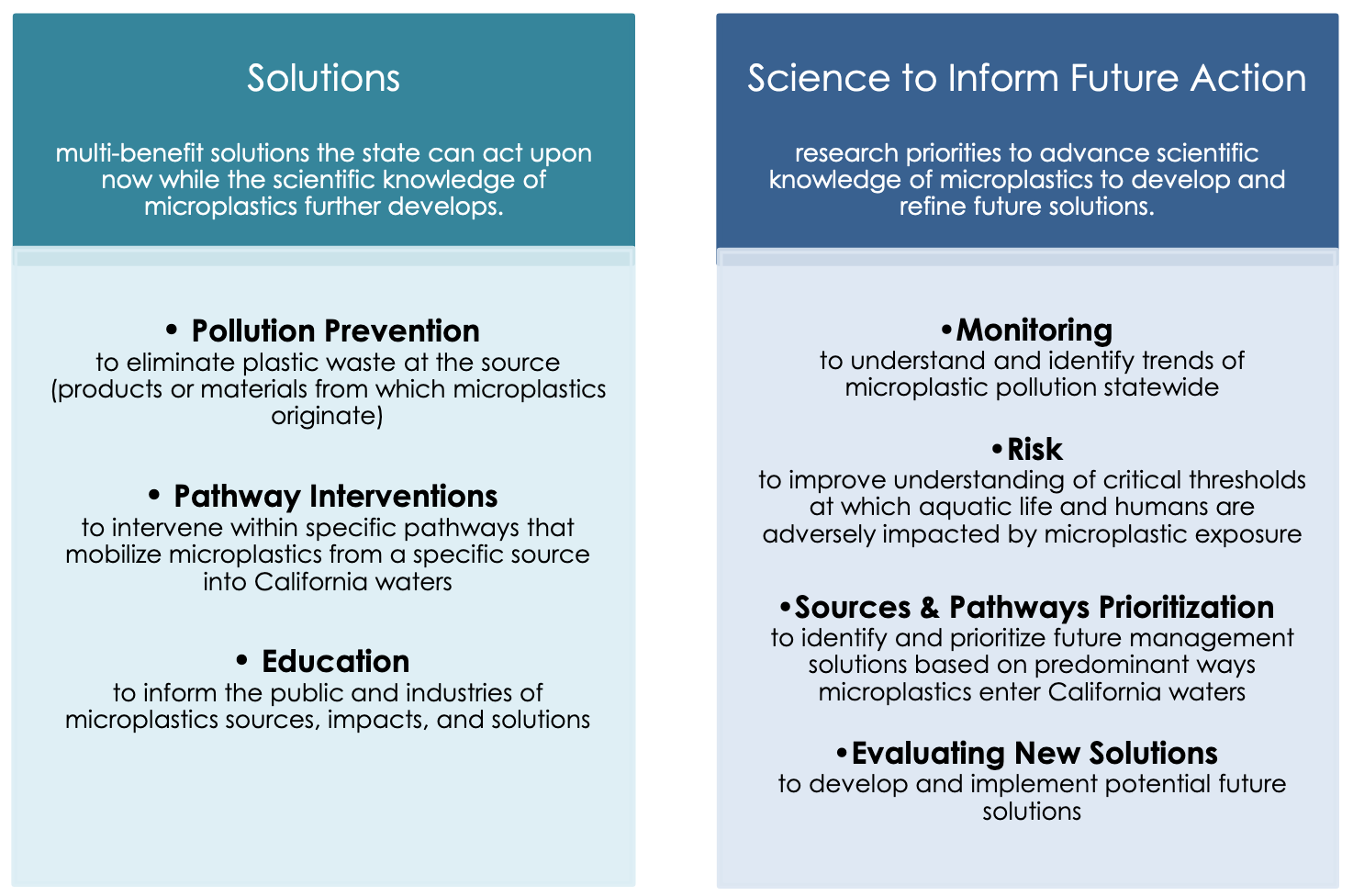Microplastics and Human Health
One of the leading and most visible culprits of climate change is the amount of plastic found in the world’s oceans. Environmentalists have long understood that most of the world’s plastic ends up in the ocean one way or another.
Over ten million tons of plastic enter oceans annually, and an estimated 80% of marine debris is plastic content. Unfortunately, the problem is only expected to grow. Even if plastic production completely stopped today, there are still billions and billions of tons of plastic in landfills just waiting to be swept into the oceans and atmosphere through storm events and water runoff.
Microplastics are plastic debris that measure five millimeters or less. Some plastics produced are already sufficiently small enough to be considered microplastics; these are considered primary microplastics (think, exfoliants and microbeads in lotions or toothpaste).
Infographic by Zhiru Wang
Secondary microplastics come from large plastic items that are degraded and decomposed through processes like currents, storms, and radiation from the sun. This process produces tinier and tinier pieces that move up and down the water column, even reaching the depths of the ocean floor. They are then consumed by ingestion, inhalation, or dermally (through the skin) into fish and other sea creatures, thereby entering the food chain through bioaccumulation.
Why is this bad? Well, microplastics are the culprits behind a large range of health issues, both environmentally and in humans. Human cell research in laboratories has found that significant damage is caused by microplastics in people through cytotoxicity, immune response, and oxidative stress. Other research finds that inflammation due to microplastic ingestion can disrupt immune function and lead to neurotoxicity. Additionally, microplastics may have the ability to disrupt the human reproductive system.
Unfortunately, plastic is in nearly everything. It is lightweight, cheap, easy to produce, and has endless applications, from writing utensils to space shuttle components. There is no denying its utility, yet neither can we deny the disproportionate role these products have in contributing to the great climate crisis and their potential to harm human health.
The problem of microplastics is so widespread that states have begun to take action to approach the protection of oceans directly. The Ocean Protection Council (OPC) of California released the Statewide Microplastics Strategy, which the state adopted in February 2022. (OPC Statewide Microplastics Strategy download) The OPC states that the Strategy “provides a multi-year roadmap for California to take a national and global leadership role in managing microplastic pollution by utilizing a two-track approach to manage microplastic pollution.”
The two tracks are “Solutions” and “Science to Inform Future Action.” The Solutions track includes actions that the state can take, like bans on the use of polystyrene packaging, reducing the use of single-use utensils, limiting tobacco products known to produce microplastics, and retrofitting stormwater runoff and wastewater disposal systems to better filter plastics. This track also includes educational initiatives to inform the public on which of their habits contribute to the microplastics problem. Most importantly, the track targets industries like tire and textile manufacturers—the largest contributors to the microplastics problem—to find ways to reduce their impact.
Source: Ocean Protection Council Statewide Microplastic Strategy, 2022
The Science to Inform Future Action track looks to long-term solutions, including research initiatives, increased monitoring, solutions development, and reliance on science-based initiatives to combat the issue. This section of the Strategy will essentially fast-track research efforts around the health issues microplastics create as well as expanded solutions that can be pursued.
While promising, are there individual and system-level issues that this policy will not be able to address? Like many environmental regulations, enforcement is a common shortfall and will be particularly important in this new strategy.
The California Environmental Protection Agency (CalEPA) will have the task of ensuring that companies are compliant and that individuals are adhering to new regulations, which is not a simple task. Additionally, the tools of enforcement at their disposal include fines and the legal apparatus, which have been avoided by companies in the past. The EPA has previously suspended the enforcement of regulations either for political purposes or for emergency purposes such as the COVID-19 pandemic.
It is also unclear if this policy will be functional in different regions of the country and the world. The context of the environmental moment in each community, city, state, and region will require differing and dynamic approaches specific to what is happening in those areas. What works for the State of California for microplastics may be vastly different from what works in Florida. It is essential that we utilize science and have a deep understanding of the individual community in order for environmental policies to be equitable and effective.
The Statewide Microplastics Strategy could serve as one of the vanguards of a comprehensive microplastics approach that sets the stage for other states to begin implementing their policies. As we know from above, microplastics are not just a problem that coastal states deal with. Microplastics have been found in the terrain and tissues of people around the world. States and countries will need comprehensive policy action to safeguard the health of residents and reduce the microplastic content in the environment around them.



